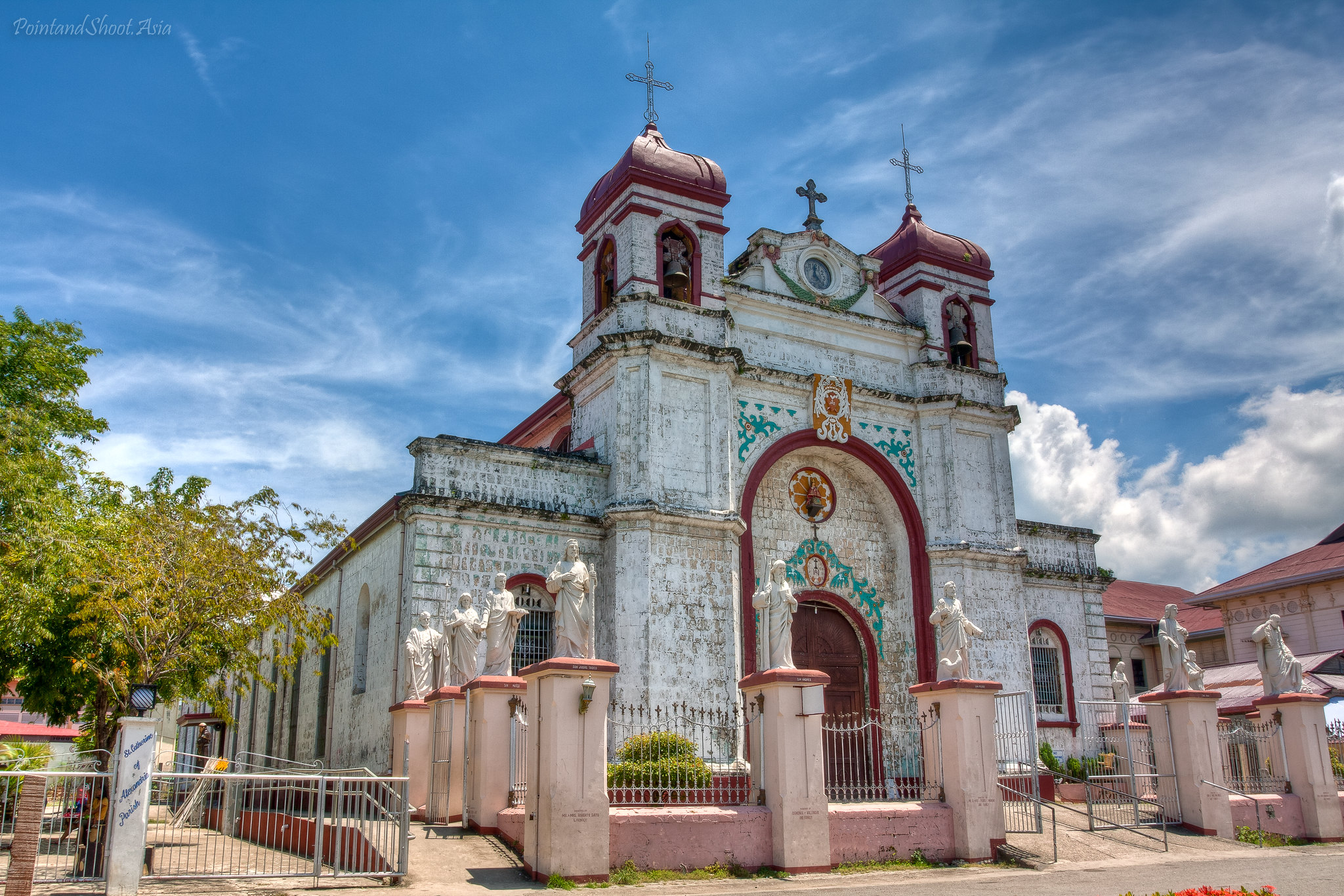Explore by Municipalities and Cities
Bahay Hilarion Alquizola | Hilarion Alquizola House
Bantayog Ng Santa Ana
Gusaling Gabaldon Ng Paaralang Sentral Ng Barili | Barili Central School Gabaldon Building
Hospisyo Ng San Jose Ng Barili | Hospicio De San Jose De Barili
Obelisk Ng Gorordo | Gorodo Obelisk
Parish Church Of Santa Ana Of Barili
Bahay Ni Don Jose Tio Bonpua, Sr. At Ang Museo Ng Banal Na Sining | Don Jose Tio Bonpua, Sr. House And The Museum Of The Sacred Art, Inc.
Balwarte Ng Bonbon | Bonbon Baluarte
Bantayan Sa Poblacion | Poblacion Baluarte (Watchtower)
Church Plaza
Cuartel Structure
Daanglungsod Baluartes (Watchtowers)
Daanglungsod Estaca - Kuta | Daanglungsod Estaca - Fortress
Daanglungsod Fortress
Immaculate Conception Parish Church
Looc Watchtower
Nueva Caceres Elementary School, H.E. Building
Oslob Cemetery Chapel
Oslob Cemetery Walls And Gates
Oslob Central Elementary School Including Admin Building, H.E. Building, And Acacia Trees
Oslob First Catholic Cemetery
Oslob Prayer Chapel
Pamanang Liwasang | Bayan Municipal Heritage Park
Parish Church Of The Nuestra Senora De La Inmaculada Concepcion Of Oslob
Pungtod Cemetery
Saint Joseph Shrine And Church Plaza
Saint Joseph The Carpenter Parish Church
Saint Mary's Academy Old Building
Simbahan Ng UCCP | UCCP Church
Waiting Chapel (Prayer Room)
Bantayog Ng Mga Pambansang Bayani | National Heroes Monument
Bantayog Ng Tres Alinos | Tres Alinos Monument
Kinalalagyan Ng Paaralan Ng Silangang Visayas | East Visayan Academy Grounds
Kolehiyo Ng Lungsod Ng Talisay | Talisay City College
Liwasan Ng Kalayaan At Bantayog Ng Pagdaong | Liberation Park And Landing Monument
Museo Ng Canton | Canton Museum
Parish Church Of Santa Teresa De Avila, Talisay, Cebu
Sementeryong Bayan Ng Poblacion | Poblacion Public Cemetery
Sementeryong Bayan Ng San Jose Manggagawa | Saint Joseph The Worker Public Cemetery
Parish Church of Saint Catherine of Alexandria of Carcar City

"St. Catherine of Alexandria Church in Carcar City, Cebu, the Philippines" by dbgg1979 from Cebu City, Philippines, CC BY 2.0, via Wikimedia Commons | 13 March 2010
Marky Ramone Go, St. Catherine of Alexandria Church in Carcar | Cebu, 18 January 2011 https://www.nomadicexperiences.com/2011/01/st-catherine-church-in-carcar-cebu.html

Outside photo of St. Catherine of Alexandria Church. dbgg1979, 3 June 2011 https://www.flickr.com/photos/dbgg1979/5793429096

"St. Catherine of Alexandria in Carcar" | Photo from the blog "A JOURNEY WITH INTENTION: A PILGRIMAGE TO THE SOUTHERN CEBU JUBILEE CHURCHES" by Kelly Austria via http://www.damngoodtravels.com/2022/05/a-journey-with-intention-pilgrimage-to.html | Posted on May 01, 2022

A photo viewing of the aisle of the Parish Church of Saint Catherine of Alexandria of Carcar City. bluprint-onemega.com, REUBEN CAÑETE, APRIL 2, 2020 bluprint-onemega.com
Official Name: Archdiocesan Shrine of Saint Catherine of Alexandria[1]
Classification Status: Marked Structure, NHCP[1]
Town or City: Carcar City
Year Declared: 1865[1]
Other Declarations: Registered Property of the City of Carcar,
Classified Historic Structures (covering all Colonial Churches and other Houses of Worship, per NHCP Res. No. 3, s. 1991)[1]
Description:
The Archdiocesan Shrine of Saint Catherine of Alexandria, also known as St. Catherine's Church or the Carcar Church, is a Roman Catholic church located in Carcar, Cebu, Philippines.[2]
History
Carcar in Cebu has been under a parish since 1599, administered by the Augustinians. The present Carcar Church was constructed during the 19th century, coinciding with Cebu's economic growth and prominence in agriculture. It is dedicated to Saint Catherine of Alexandria, the patron saint of Carcar.
Architecture and Design
The Carcar Church is designed in the basilica style, featuring a separate convent building. It is constructed using coral stones, with hardwood used for upper stories and ceilings. The architectural style is a blend of Neo-Mudéjar, Revival Baroque, Austrian Baroque, and Gothic Revival. Additionally, influences from Greco-Roman and Muslim architecture are evident. The convent building also incorporates elements of the indigenous bahay na bato style.
The church's ceiling boasts decorative artwork by Cebuano artist Canuto Avila, commissioned by Fr. Anastasio Nuñez del Corro. Created during the 1910s and 1920s, this trompe-l'œil mural features rosettes as motifs rather than theological subjects.[2]
Source:
1. https://ncca.gov.ph/philippine-registry-cultural-property-precup/
2. https://en.wikipedia.org/wiki/St._Catherine%27s_Church,_Carcar



